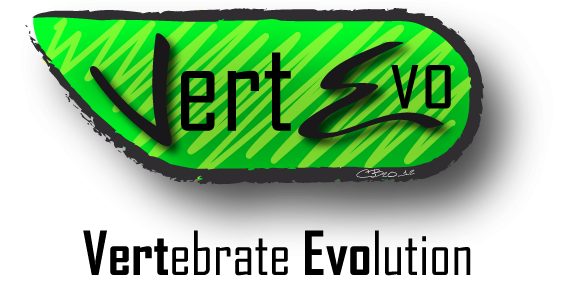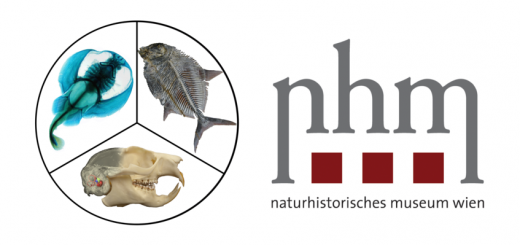Head-neck system in Carnivora
 As a result of the Symposium on the vertebral column „Development, genetics, biomechanics, and evolution of the spine in vertebrates“ co-organised by Dr. Maxime Taverne (Hôpital Necker, Paris), Dr. Roman Hossein Khonsair (Hôpital Necker, Paris) and Prof. Dr. Christine Böhmer (CAU Kiel) at the International Congress of Vertebrate Morphology (ICVM 2023 in Cairns, Australia), the Böhmer group published on the head-neck system in Carnivora (Böhmer & Ocak Journal of Morphology).
As a result of the Symposium on the vertebral column „Development, genetics, biomechanics, and evolution of the spine in vertebrates“ co-organised by Dr. Maxime Taverne (Hôpital Necker, Paris), Dr. Roman Hossein Khonsair (Hôpital Necker, Paris) and Prof. Dr. Christine Böhmer (CAU Kiel) at the International Congress of Vertebrate Morphology (ICVM 2023 in Cairns, Australia), the Böhmer group published on the head-neck system in Carnivora (Böhmer & Ocak Journal of Morphology).
The mammalian neck can be differentiated into the cranial atlas-axis complex and the caudal cervical vertebral column. In the present study, we quantified the morphological diversity of the cranium, CV1 and CV2 in a sample of Carnivora using 3D geometric morphometrics to reveal phylogenetic and ecological patterns.
The results of the study that is based on the master’s thesis of Destina Ocak (supervised by Prof. Dr. Christine Böhmer, CAU Kiel) show that the form of the first cervical vertebra (atlas), in particular, is related to the respective function. Predator species that prey on very large prey have an atlas with large muscle attachment surfaces to enable powerful movements of the head-neck system when catching prey. There were also differences in the form of the vertebra within pinnipeds, that can be explained by the different locomotor modes on land (i.e., undulating on the belly vs. waddling on all four flippers). Among the mustelids, the skunk stood out due to the exceptional form of the first cervical vertebra. These animals are known for their unusual defensive behavior: handstanding. In contrast, the form of the second cervical vertebra (axis) is less influenced by function, but is similar in closely related animals regardless of lifestyle.

Reference:
Böhmer C and Ocak D* (2024) Covariation in the craniocervical junction of Carnivora. Journal of Morphology DOI: 10.1002/jmor.70009




Neueste Kommentare